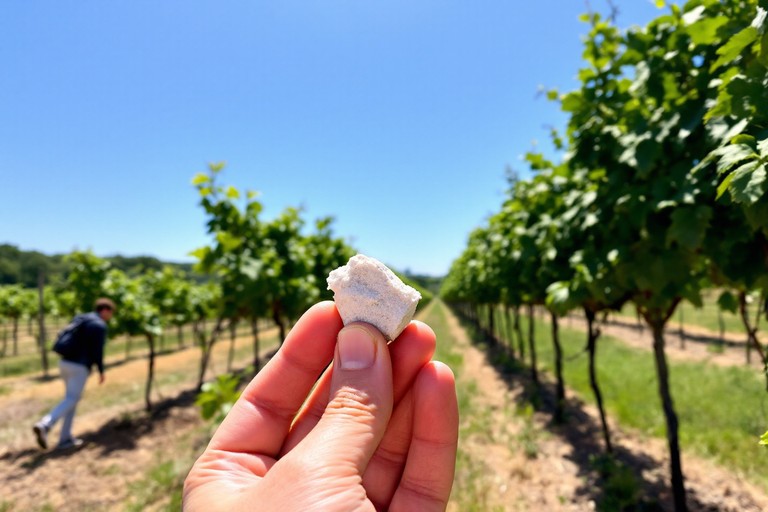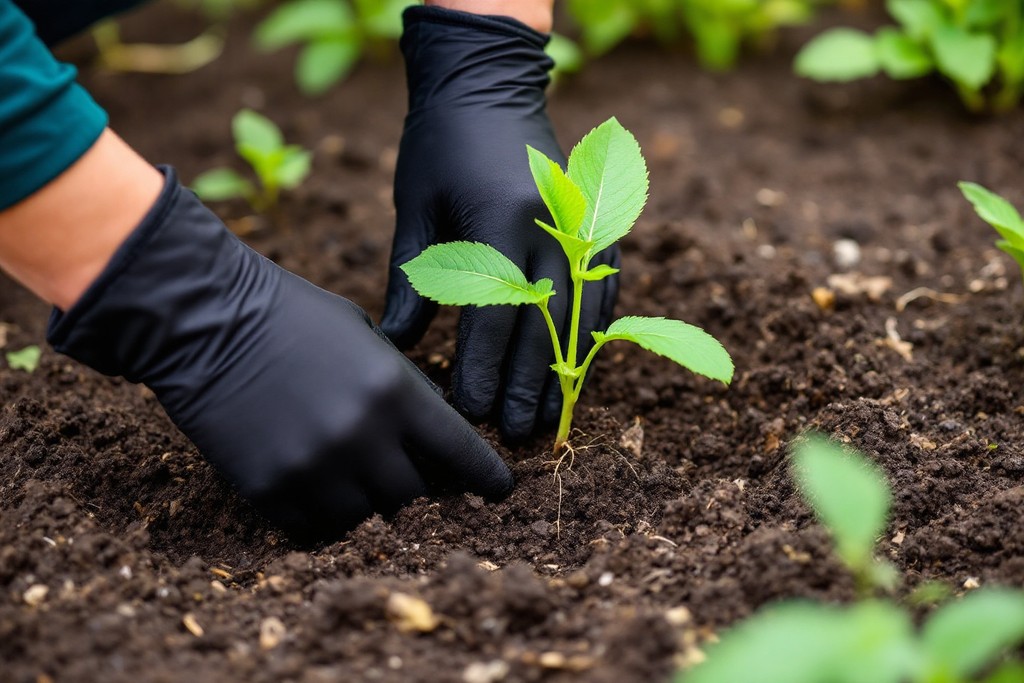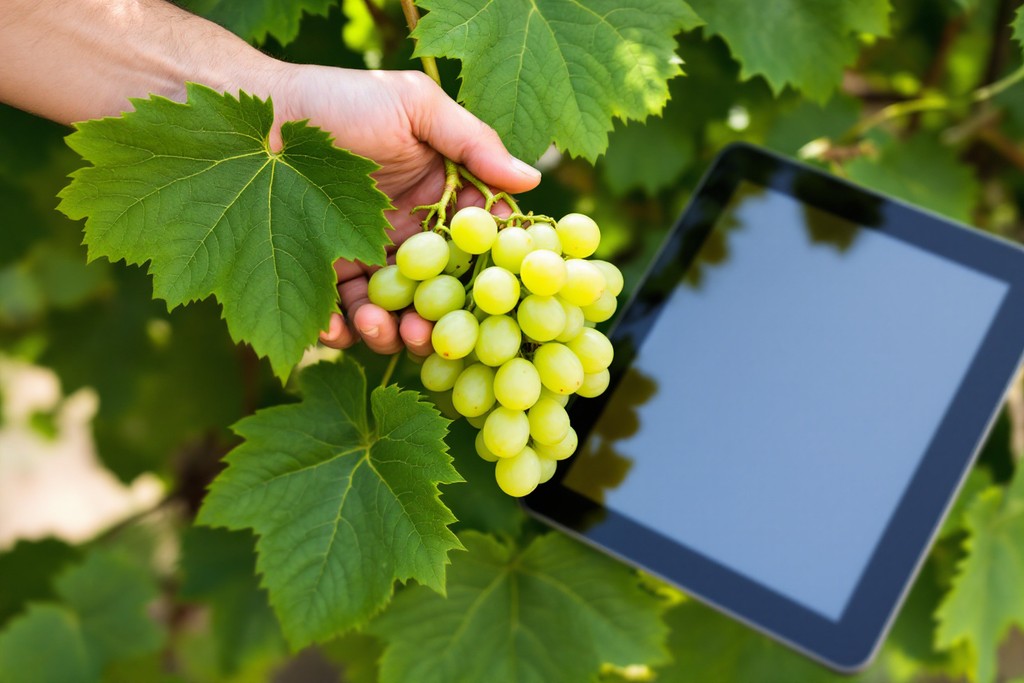
The Champagne region, located in northeastern France, is world-renowned for its unique sparkling wines. However, what many do not know is that this reputation is largely due to the extraordinary geological diversity of this region. Champagne is essentially made up of varied geological layers that formed over millions of years. Among these, the Cretaceous and Eocene periods have played a decisive role. The Champagne subsoil is predominantly made up of chalk from the Upper Cretaceous, about 90 million years ago. This chalk is a sedimentary rock mainly composed of calcite, resulting from the sedimentation of marine microorganisms. The porous nature of chalk allows for excellent moisture regulation, idealizing vine growth. Marls and limestones interspersed with clays are also found in some areas. The geological layers vary across different zones of the region, from the Montagne de Reims to the Côte des Blancs. This complex stratification significantly influences the surface soil, directly affecting the properties of the vineyards. Additionally, the region is located on a major tectonic fault that has caused uplifts and subsidence, further enhancing the geological diversity of the Champagne terroir. In summary, the geological richness of Champagne is a key factor in understanding why this region is unique for producing sparkling wines. This uniqueness is manifested through the different types of associated soils.
The Champagne region is a geological mosaic composed of a multitude of soil types, each playing a crucial role in the development of vineyards. Among the most predominant are chalk, marl, and limestone. Each of these soils has characteristics that influence the vines and, consequently, the organoleptic profile of the wine. Chalk, omnipresent especially in the subsoil, is a porous sedimentary rock that has the characteristic of absorbing and retaining water while ensuring good drainage. This ability to balance moisture and dryness is essential for the vine, allowing roots to reach deep water reserves during dry periods. Chalk also imparts a characteristic minerality and refreshing acidity to Champagne wines. Marls, clay-limestone formations that combine limestone and clay, are prevalent mainly in the Vallée de la Marne. They favor water retention while providing good mineral nutrition to the vines. Wines from marl soils are often richer in aromas and taste complexity. Limestone soils are mainly found in the Montagne de Reims and the Côte des Blancs. They provide an adequate structure for good drainage while avoiding excessive dryness. Wines from these soils are generally elegant and well-balanced, with notable aromatic finesse. Additionally, there are also clay and sandy soils in certain plots, less predominant but just as influential. Each of these soil types brings a different dimension to Champagne wines, and their diversity allows for the production of a wide range of cuvées. In summary, the diversity of Champagne soils is the basis for the richness and complexity of the wines produced in this region. This multitude of terroirs allows producers to experiment with various blends to create unique wines.

The uniqueness of Champagne wines also lies in the wide range of grape varieties used, the three main ones being Pinot Noir, Pinot Meunier, and Chardonnay. Each of these grape varieties reacts differently depending on the type of soil on which it is planted, directly influencing the character of the wine obtained. Pinot Noir, for example, is a grape variety that particularly thrives on limestone and chalky soils. These soils offer excellent drainage capacity while allowing roots to deeply access the necessary nutrients and water. This results in wines with an elegant tannic structure, red fruit aromas, and a beautiful aromatic complexity. The Montagne de Reims is one of the places where Pinot Noir best expresses its potential, thanks to the chalky soils of the region. Pinot Meunier, on the other hand, prefers softer soils, such as marls and clays. These soils offer it a better water retention capacity, ideal for a grape variety that tends to be more vigorous but also more sensitive to climatic conditions. Pinot Meunier, mainly planted in the Vallée de la Marne, brings fruity notes and great suppleness in the mouth, making it particularly suitable for young and fresh wines. Chardonnay, on the other hand, finds its preferred terrain on chalk and limestone, especially in the Côte des Blancs. These terroirs allow for the production of wines with great finesse, pronounced acidic structure, and aromas of flowers and citrus fruits. Chardonnay is the grape variety that best showcases the minerality of Champagne soils, and its wines have extraordinary longevity. Thus, the choice of grape variety and soil type is fundamental for Champagne winemakers. It allows them not only to make the most of each terroir but also to create complex and balanced blends. The diversity of soils and grape varieties offers an infinite palette of flavors and aromas, making each bottle of Champagne unique.
To fully understand the complexity and richness of Champagne wines, it is necessary to delve into the scientific research conducted on the Champagne terroir. These studies have highlighted the subtle interactions between soil, climate, and vine, as well as their influence on the wine produced. Soil scientists and enologists have undertaken multiple studies to analyze the chemical and physical composition of the region’s various soils. They have found that the layers of chalk, marl, and limestone each possess unique properties that interact differently with water and nutrients. These studies have also determined that the presence of specific microorganisms in the soil plays a crucial role in vine health and nutrition. Climatological analyses constitute another dimension of the scientific research on the Champagne terroir. The temperate continental climate of Champagne, with its cold winters and relatively cool summers, also influences grape maturity and wine quality. A particular microclimate, induced by the altitude and exposure of the vineyards, has also been studied to understand its effect on the different grape varieties. The National Institute for Agronomic Research (INRA) and the French Institute of Vine and Wine (IFV) have conducted collaborative projects to precisely map the Champagne terroirs. Thanks to advanced technologies such as remote sensing and drone mapping, these institutes have been able to collect precise data on the topography, soil composition, and their influence on viticulture. Research on the Champagne terroir is not limited to technical aspects. Sociological and economic studies have also been conducted to understand how local winemakers integrate this knowledge into their daily practices. The transmission of knowledge and traditional techniques, often coupled with scientific innovations, plays a crucial role in perpetuating the exceptional quality of Champagne wines. The results of these studies have direct implications for winemakers and enologists, allowing them to make informed decisions at each stage of production. By analyzing the complex interactions between soil, climate, and vine, they can better control the impact of each variable on the final wine, thus optimizing the quality and authenticity of the cuvées.

The diversity of soils in Champagne, coupled with the results of numerous scientific studies, has significant implications for both producers and wine enthusiasts. Understanding the region’s geological complexity and its impact on wine allows winemakers to better plan and optimize their practices, while enthusiasts can develop a more nuanced appreciation of their favorite beverage. For producers, in-depth knowledge of the soils and their influence on different grape varieties is a major asset. It allows them to choose the most suitable plots for each grape variety, adjust viticultural practices according to the soil type, and manage water and nutrient resources more efficiently. For example, on chalky soils, winemakers can adjust irrigation to optimize vine growth without risking excess moisture. Increased precision in these practices often results in improved grape quality and, consequently, wines. Champagne wine blends are also influenced by soil diversity. Winemakers can play with the different characters conferred by each soil type to create balanced and complex cuvées. This geological diversity also allows for a certain consistency in wine quality, despite the climatic variations from year to year, by maximizing the strengths of each terroir. On the wine enthusiast side, a better understanding of soil diversity and its impact on the organoleptic characteristics of Champagne wines adds depth to tasting. Knowing that a wine comes from chalky or marl soils enables better recognition and appreciation of its aromas, acidity, and minerality. This knowledge enriches the tasting experience and allows for more informed choices when purchasing wines. In conclusion, the geological diversity of Champagne is a fundamental element that directly influences the quality and character of the wines produced in this iconic region. Scientific advances and traditional knowledge interweave to allow winemakers to make the most of each terroir, while wine enthusiasts can more deeply appreciate the richness and complexity of Champagne wines. Whether in vineyards or during tastings, the awareness of these elements helps perpetuate the legend of Champagne wines, combining tradition and innovation for an ever-renewed pleasure.
Necessary cookies are absolutely essential for the website to function properly. This category only includes cookies that ensures basic functionalities and security features of the website. These cookies do not store any personal information.
Any cookies that may not be particularly necessary for the website to function and is used specifically to collect user personal data via analytics, ads, other embedded contents are termed as non-necessary cookies. It is mandatory to procure user consent prior to running these cookies on your website.